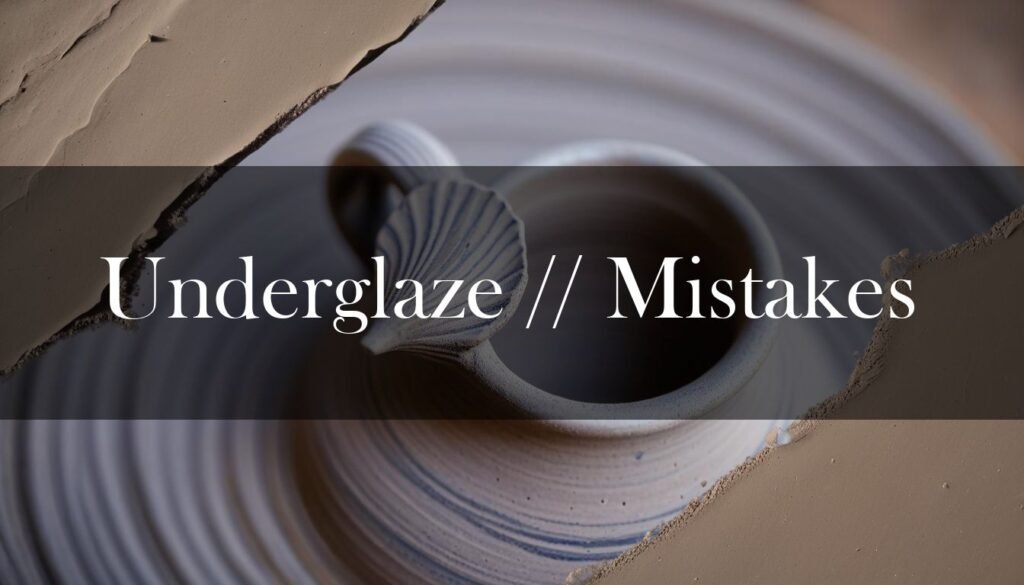Underglaze decoration opens up a world of creative possibilities for potters, allowing for intricate designs and vibrant colors on ceramic pieces. *It’s like having a secret palette to paint your pottery dreams,* but like any art form, mastering underglaze requires understanding its nuances. Let’s dive into some tips, techniques, and potential pitfalls to help you navigate this colorful realm with confidence.
One of the most common mistakes is applying underglaze ***too thickly***. Thick layers can lead to flaking, cracking, or peeling, so it’s generally better to apply two to three thin coats rather than one thick one. Also, remember that each layer should dry completely before applying the next. Depending on the clay stage (bisqueware, bone-dry, or leather-hard) and the thickness of the application, this could take anywhere from a few minutes to an hour. Ensuring each layer is dry to the touch prevents smudging and uneven application. The consistency of your underglaze also matters; too thick, and it’s hard to apply smoothly; too thin, and the color might be weak. *Adjust with water or by letting it sit uncovered to evaporate excess moisture.* For more information, check out this guide to underglaze application.
The consistency of the underglaze is crucial. Too thick, and it’s hard to apply smoothly; too thin, and the color might be weak. Finding the right balance can make all the difference in the final result of your pottery.
This video from Danielle the Clay Lady offers a great introduction to glazing techniques for beginners. It’s a fantastic visual guide to complement this text.
Now, let’s talk tools. **The right brush can make all the difference** in achieving the desired effect. For fine details and precise lines, a fine-tip calligraphy brush is your best friend. On the other hand, when you’re aiming for broad coverage, a soft Hake brush will be perfect for applying slip or underglaze evenly across large areas. If you’re looking for versatility, Royal & Langnickel Aqualon fan brushes are made from synthetic fibers that are great for covering large surfaces with controlled glaze application. Remember to clean your bisque ware before applying underglaze to remove any oily marks, dust, or debris that could prevent proper adhesion. Check out this article about unlocking ceramic surface design.
The firing temperature can drastically change how your underglazes appear after firing. Low-fire temperatures allow for a broader spectrum of colors but may result in less durable ware. Mid-range offers a balance, though some colors may fade. High-fire temperatures often limit the color palette due to pigment burnout. Cobalt blue, for instance, is known for its stability even at high temperatures. *It’s also vital to consider whether you are applying the underglaze to greenware or bisqueware.* Greenware offers enhanced absorption but requires a gentle touch, while bisqueware provides stability and allows for easy corrections, though adhesion can sometimes be a challenge.
The key to successful underglaze application is understanding the interplay between the clay body, underglaze properties, and firing temperature. Each element affects the final outcome, so experimentation is essential.
For more advanced techniques, layering underglazes can create depth and rich, nuanced surfaces. Sgraffito, where you scratch away underglaze to reveal the clay beneath, is fantastic for intricate patterns. Mishima, or inlay, involves pressing underglaze into incised designs for precise, fine-lined details. Whether you’re just starting out or looking to expand your pottery toolkit, understanding these fundamentals will help you unlock the full potential of underglaze decoration and bring your artistic visions to life.





